General Info – summary
This usually small and distinctive Tree may reach 20m high. The distinctly mottled bark is patchy and flaking. Branchlets are clearly 4-angled. Simple, glabrous, entire & decussate Leaves are shiny above. Bisexual & regular Flowers in impressive pink racemes. The perianth has 3 whorls: hypanthium-calyx, corolla, & scale-like inner whorl. Fruit is an initially red false drupe. One seed develops in each locule.
Description
Olinia emarginata
SA Tree No. 514.
Common names: (Afr) Berghardepeer, Rooibessie, Rooibessieboom, Rooibessiehou, Transvaalhardepeer. (Eng) Mountain Hard Pear, Transvaal Hard Pear. (isiXhosa) Umngana-lahla, Iqudu. (isiZulu) Unquthu. (Tshivenda) Mulondwane.
Family: Oliniaceae. This is an African family of 1 genus and 10 species (5 in the South Africa). The trees or shrubs may be deciduous. They have 4-angled branchlets. The entire, simple, hairless Leaves are opposite, and petioles are present. The small, actinomorphic flowers are bisexual. The petal-like, conspicuous Calyx is 4 or 5 lobed and may be white or pink. The 4-5, small, hairy Petals are shorter than the sepals. 4 or 5 Stamens with short filaments are present. The inferior Ovary extends with a straight style and ends with a thickened stigma. The Fruit is almost spherical and up to 1cm wide. It is drupe like and turns red to brown when mature. Seeds have a warty testa and lack endosperm.
Name derivation: Olinia named after Johan Hendrik Olin (1769-1824), a Swedish botanist. He was an author and a student of Thunberg. emarginata – notched – referring to the leaf apex.
Conservation: National Status: L C. (Least Concern). Assessment: 2005. (W. Foden and L. Potter).
Tree
This is usually a small tree up to 5m high but may reach 20m in height. The Tree usually has a straight Trunk with a roughly rounded glossy green Crown (photo 210). This crown is often wider than the height of the tree. The plant can also be a multi-stemmed shrub. The Bark is smoothish, grey to brownish yellow, mottled (photo 535), patchy and flaking off in pieces to reveal creamy yellow underbark (photo 468). This Bark is visible from a distance. Branchlets (usually applied to branches of the current or preceding year) are upright, smooth and pale white to slightly red. They are distinctly 4-angled and squarish (photo 470 under Leaves).
- 210. 2014/12/02. Walter Sisulu NBG. Photo: David Becking.
- 535. 2016/02/16. Walter Sisulu NBG. Photo: David Becking.
- 468. 2014/02/25. Walter Sisulu NBG. Photo: David Becking.
Leaves
On this evergreen tree the opposite, oblong to elliptic or ovate Leaves are glabrous (hairless) and simple (has a single blade, which may have incisions that are not deep enough to divide the blade into leaflets). The Margin is slightly rolled under and entire (with a continuous margin, not in any way indented). Along the squarish branchlets, the leaves are decussate (arranged in pairs each at right angles to the next pair above or below i.e., rotated 90 degrees along the stem when viewed from above – photo 470). Each leaf is up to 4,6 x 2,5cm and may a have pink tinge. The Upper surface of leaves is glossy dark green and shiny (photo 470). The Lower surface is much lighter and net veining is more visible. Lateral veins loop once before reaching the margin. The Midrib may be reddish. Veins are slightly sunken above and the midrib protrudes below. Side veins loop before reaching the margin. The tapering rounded or square or notched Apex (photo 903) may be tinged with pink. The Base is narrowed, tapering and may be redish. If present, the Petiole (leaf stalk) is very short with a distinctive pink to red colour (photo 903). Stipules (basal appendages of the petiole) are rudimentary or absent. Crushed leaves have a faint smell of almonds – indicating the presence of cyanide.
- 470. 2014/02/25. Walter Sisulu NBG. Photo: David Becking.
- 903. 2016/09/06. Walter Sisulu NBG. Photo: David Becking.
Flowers
The small, slightly sweetly scented and 5-merous Flowers are bisexual and actinomorphic (Regular, symmetrical. Flowers are vertically divisible into similar halves by more than 1 plane passing through the axis). They are in loose, many flowered, terminal heads, which extend from leaf axils near or at the ends of branches (photo 966). Each small flower is 1-3cm long. The green Bracts (modified specialised leaf usually found with inflorescences and flowers) are up to the length of the flowers but usually fall early. The flowers are in lax Racemes (simple elongated inflorescences with stalked flowers).
Above the inferior ovary is the glabrous (smooth and hairless) hypanthium (the cup-like receptacle usually derived from the fusion of floral envelopes and androecium, and on which are seemly borne calyx, corolla and stamens). Here the Perianth has 3 whorls not 2. The Outermost whorl contains highly reduced, tooth-like ridges or outgrowths on the hypanthium rim, thus forming a reduced green calyx. The Middle whorl makes up the Corolla containing the attractive pinkish, red to white colours of the almost horizontally lobed Petals. The Innermost whorl consists of red scale-like structures above the stamens (photo 235).
The usually 5 Stamens arise within the calyx tube and alternate with the petals. Stamens have short Filaments. Each Anther has 2 thecae (pollen sacs) which open by longitudinal slits. There is a single Pistil (a unit of the Gynoecium, the female element of the flower, composed of the Ovary, Style and nearly spherical Stigma). The inferior Ovary has fused Carpels (foliar units of a compound pistil or ovary). There are about 3 ovules in each Locule (compartment within an organ e.g., ovary). The straight Style ends with a thickened Stigma. (Oct-Feb+).
- 966. 2014/11/25. Walter Sisulu NBG. Photo: David Becking.
- 235. 2014/12/02. Walter Sisulu NBG. Photo: David Becking.
Fruit
The almost spherical Fruit is a false Drupe. It is about 1cm wide. Fruit is borne in dense clusters and each fruit is slightly fleshy. A slightly sunken circular scar occurs at each fruit apex (photos 886 & 154). This reflects the remains of flowers cup like receptacle (photo 886). In autumn, the collective fruit matures, turning from green to a spectacular bright red mass (photo 154). The protruding remains of the style are also visible in the now red fruit (photo 154 – centre). The fruit finally shrinks to an uneven brown colour (photo 830). One Seed develops in each locule. Seeds have a thick, brown warty testa (seed coat) and lack endosperm (the starch and oil-containing tissue of many seeds; often referred to as the albumen). (Mar-Jul).
- 796. 2017/02/07. Walter Sisulu NBG. Photo: David Becking.
- 886. 2014/03/25. Walter Sisulu NBG. Photo: David Becking.
- 154. 2014/06/03. Walter Sisulu NBG. Photo: David Becking.
- 830. 2015/08/11. Walter Sisulu NBG. Photo: David Becking.
Distribution & Ecology
These Trees are endemic (restricted to a particular geographic location) in southern Africa. These plants can withstand frost but not drought. They are usually found in inland montane forests, wooded ravines, riverine fringes close to rocks and streams, growing from an altitude about 800m to 2 200m. Provincially they occur in the Eastern Cape e.g., in Queenstown, Free State, KwaZulu-Natal e.g., Royal Natal NP and Golden gate, Mpumalanga, Gauteng e.g., Melville Koppies, Pretoria, and in Limpopo. Beyond South Africa, they occur in Lesotho, Swaziland and Zimbabwe. Birds eat the Fruit.
Ethnobotany
The Wood is hard and dense. This Tree is difficult to grow from seeds or cuttings. It is very attractive when in full flower or fruit and makes a good bonsai.
References
Boon, R. 2010. Pooley’s Trees of eastern South Africa. Flora and Fauna Publications Trust, Durban.
Coates Palgrave, M. 2002. Keith Coates Palgrave Trees of Southern Africa, edn 3. Struik, Cape Town.
Foden, W. & Potter, L. 2005. Olinia emarginata Burtt Davy. National Assessment: Red List of South African Plants version 2020.1. Accessed on 2023/09/28.
Lawrence, G. H. M, 1951. Taxonomy of Vascular Plants, The Macmillan Company, New York. Tenth Printing 1965.
Palmer, E. & Pitman, N. 1972. Trees of southern Africa, Balkema, Amsterdam, Cape Town.
Schmidt, S. Lotter, M. & McCleland, W. 2002. Trees and Shrubs of Mpumalanga and the Kruger National Park.
van Wyk, B. & van Wyk, P. 1997 Field guide to Trees of Southern Africa, Struik, Cape Town.
http://www.plantzafrica.com/plantnop/oliniaemarg.htm
http://posa.sanbi.org/flora/browse.php?src=SP
http://www.calflora.net/southafrica/plantnamesH-O.html
http://powo.science.kew.org/taxon/urn:lsid:ipni.org:names:61
A monograph of the Oliniaceae (wits.ac.za)

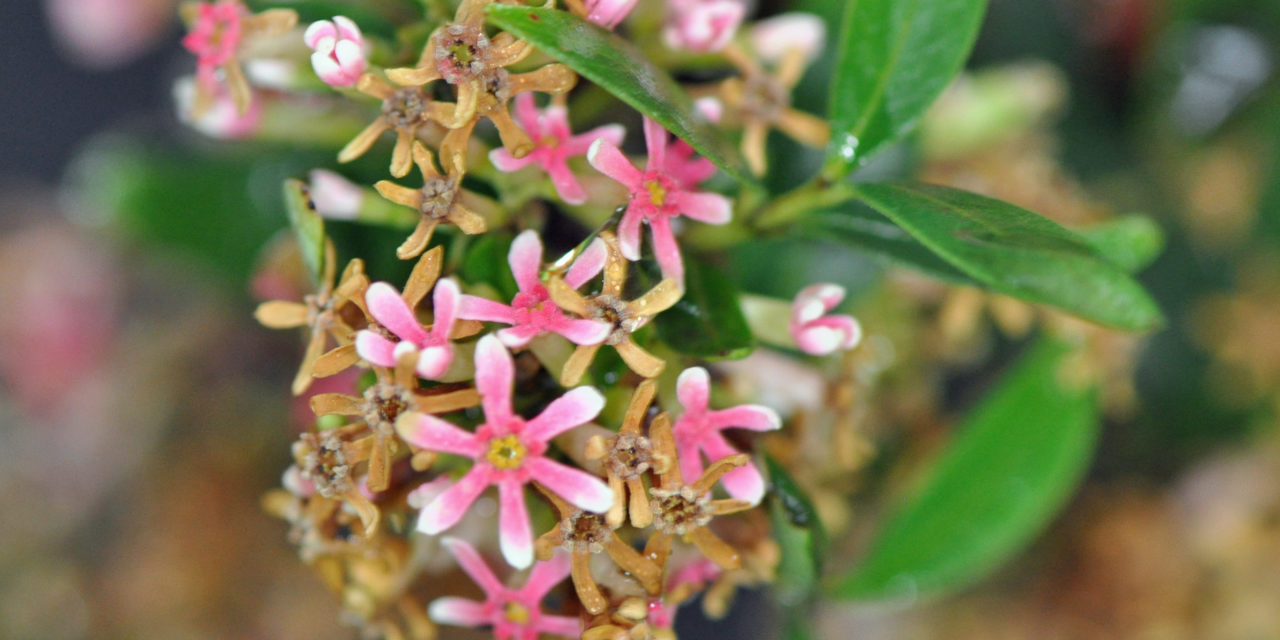
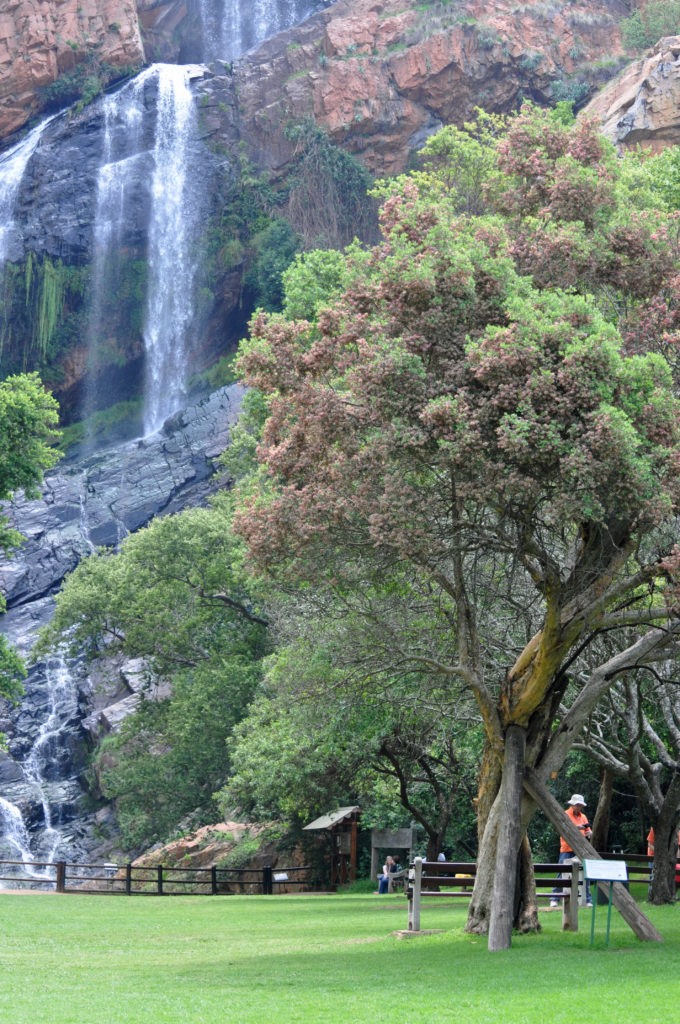
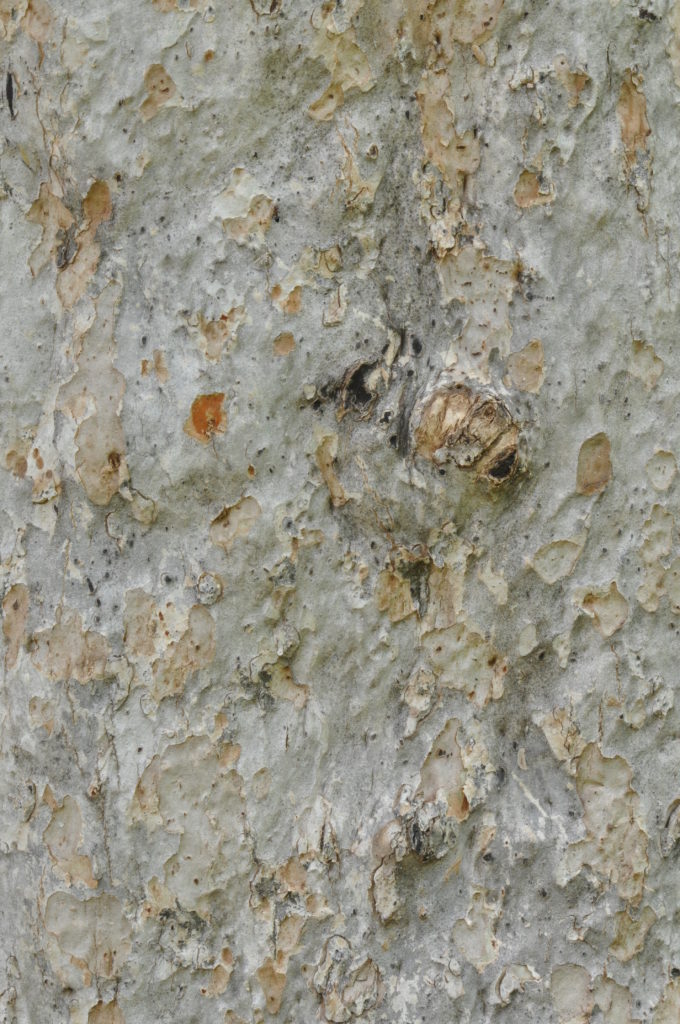
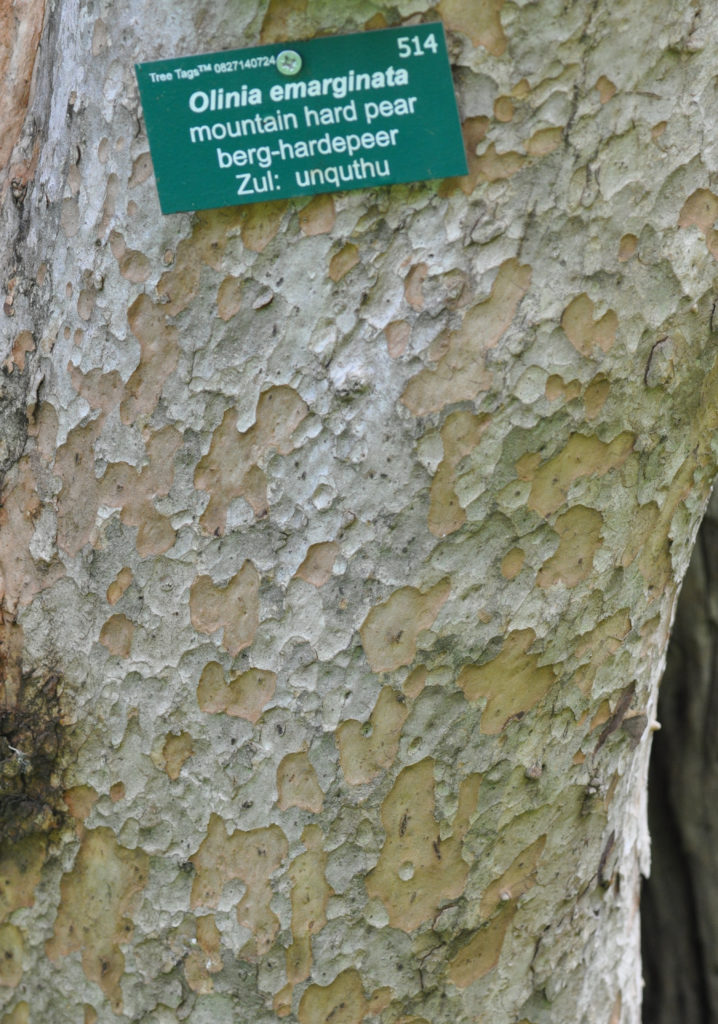
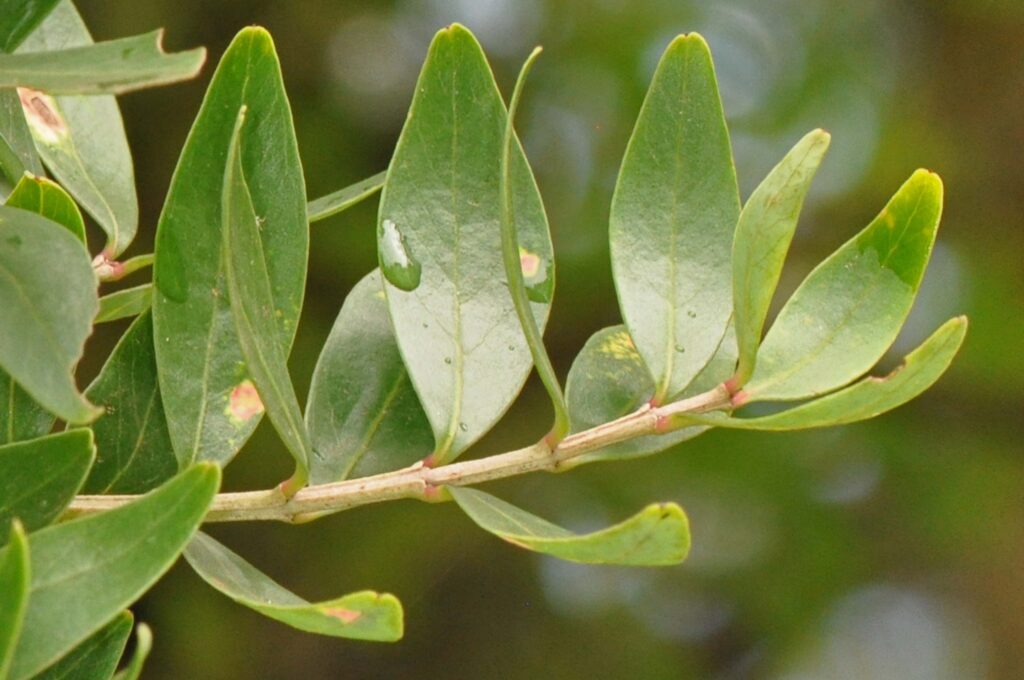
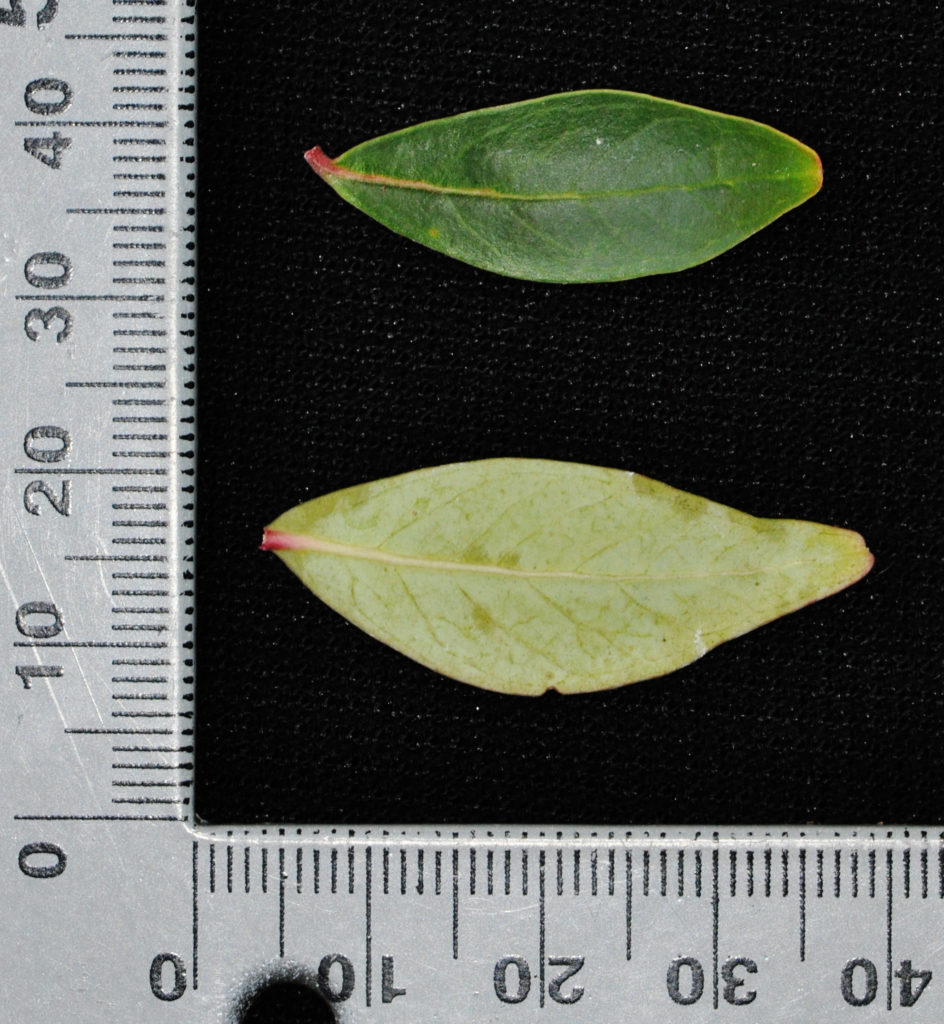
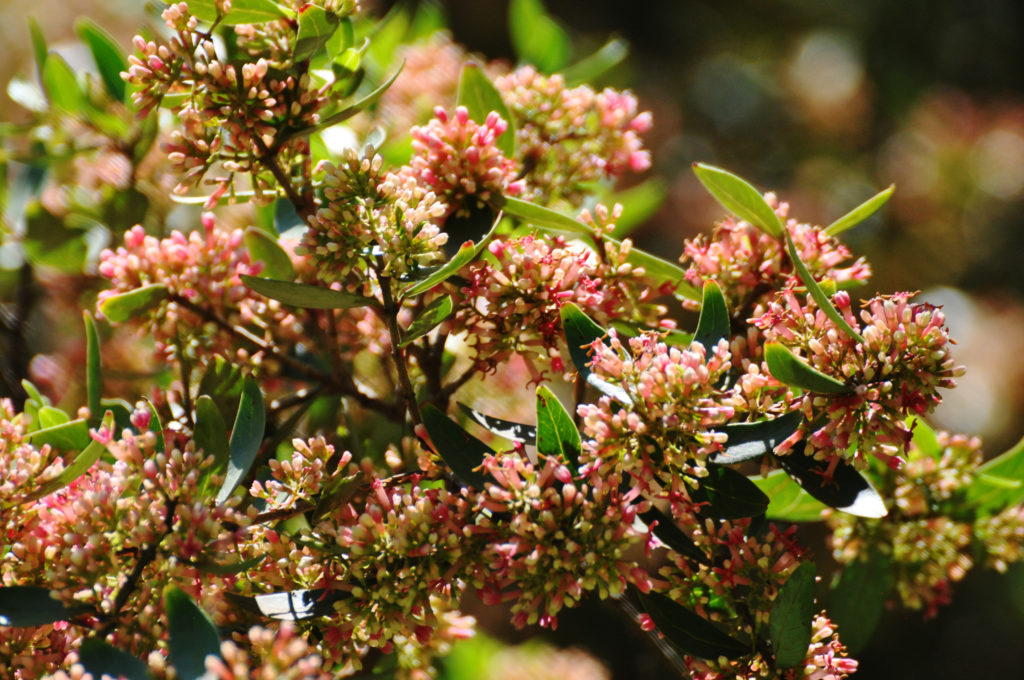
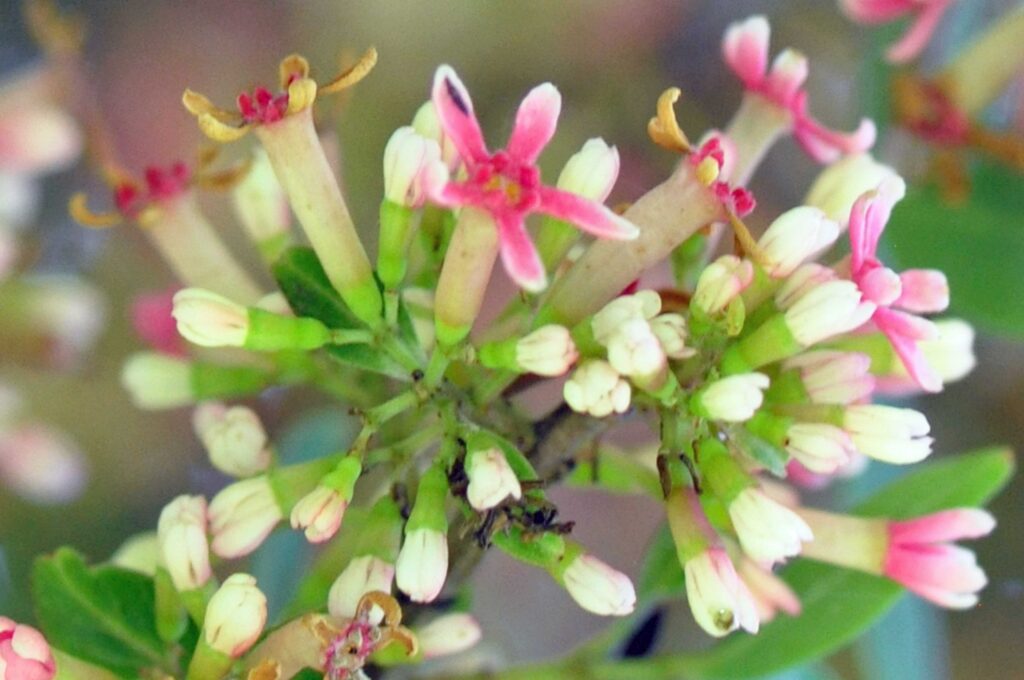
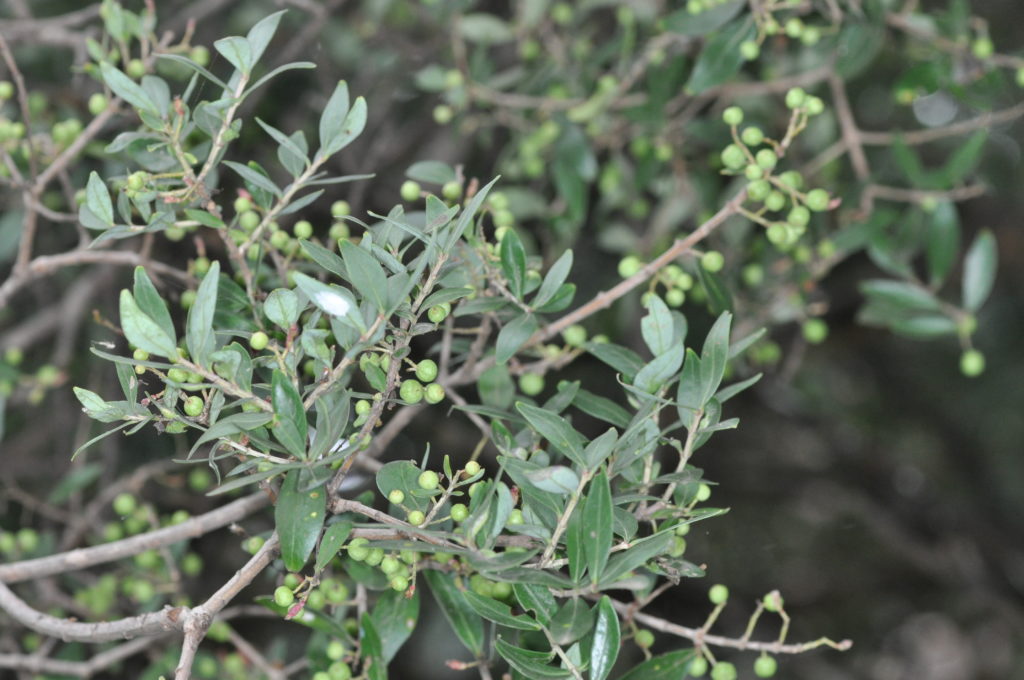
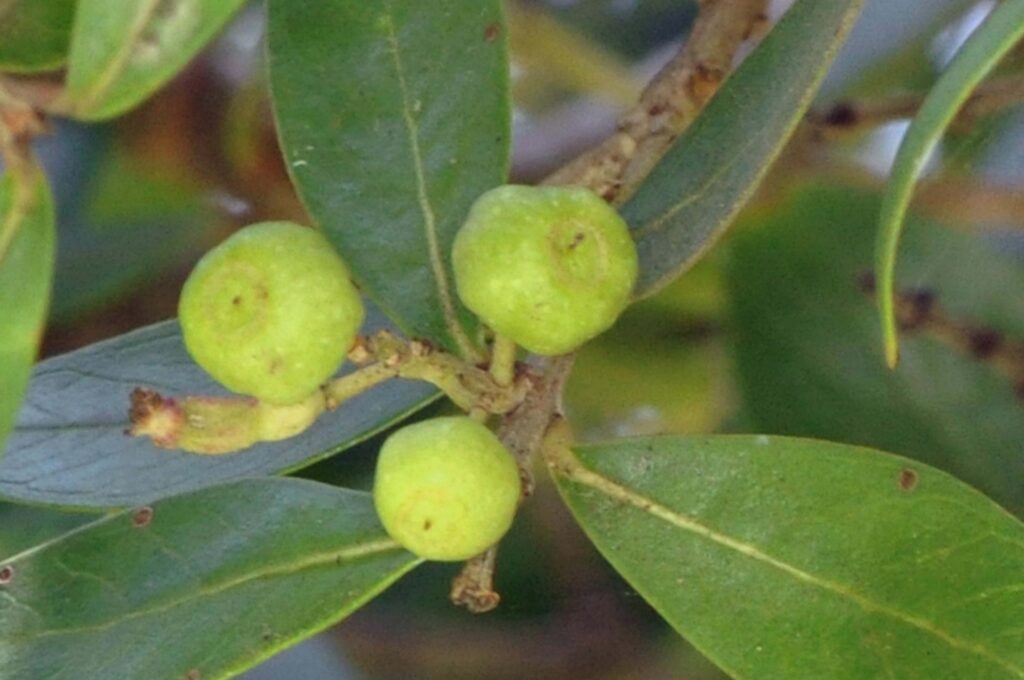
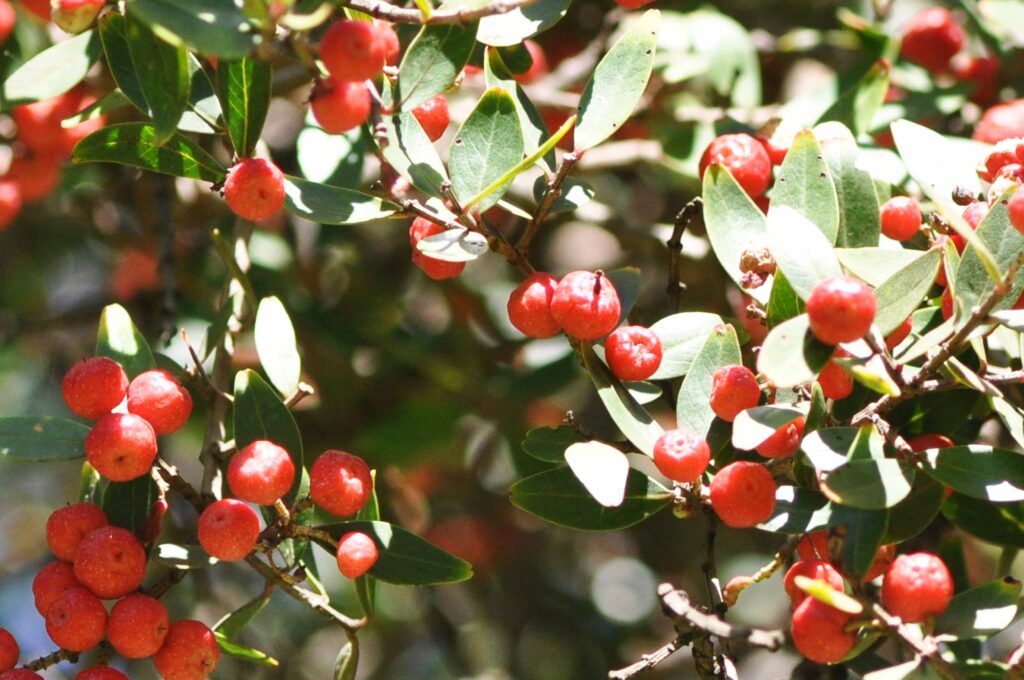
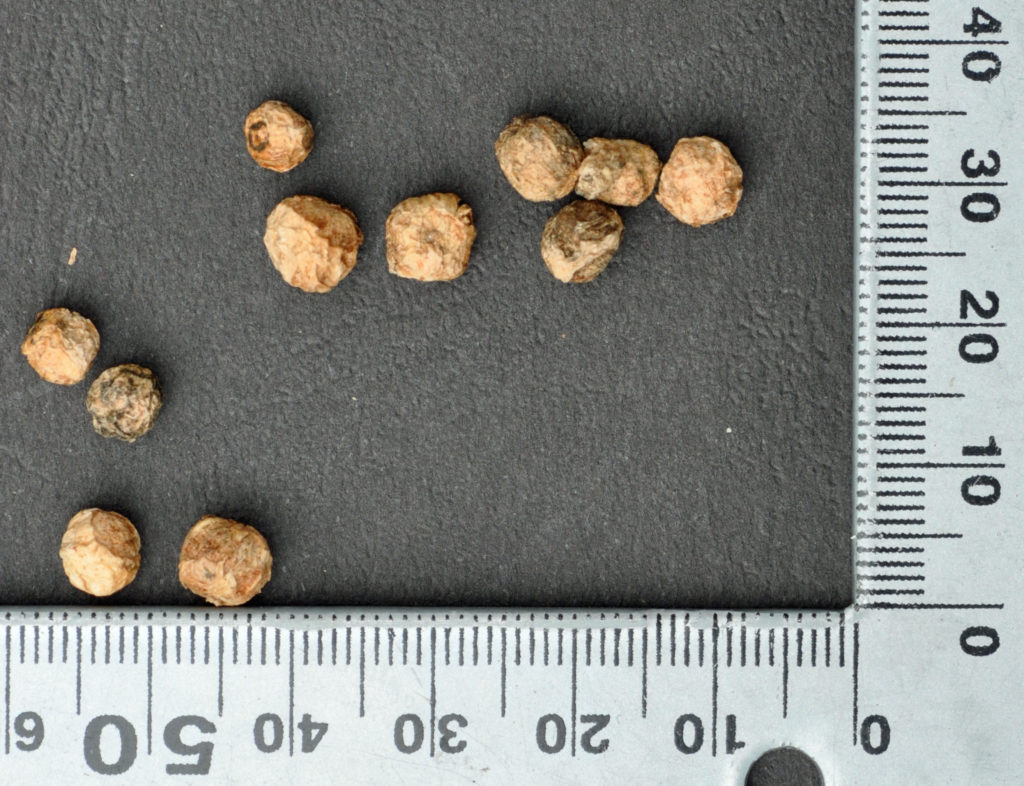
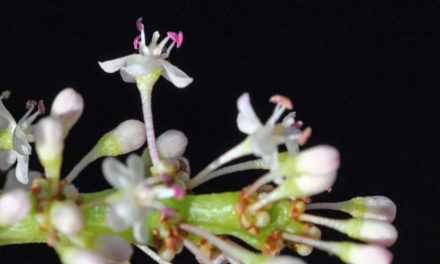
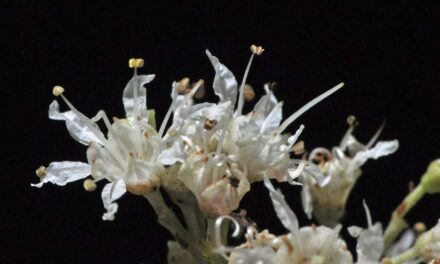
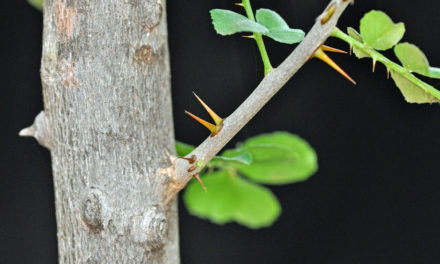
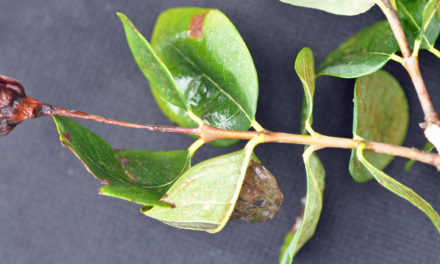
Dears
I’m looking for a canopy tree for my small garden. The hardepeer seems like a good option, but I’ve read the tree releases cyanide. Is this tree fruit toxic? Is it save where there is small children
Greetings
I can find no evidence on the fruit of the Mountain Hard Pear (Olinia emarginata) being poisonous. Fruit is consumed by birds. This is not an easy plant to grow but a very rewarding tree to have.
Take care.
David.
Hi Lee-Anne
Many plants in the average garden have poisonous parts. However the choice is up to you.
Take care.
David Becking